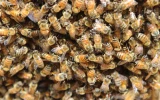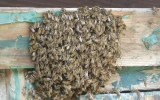Why Are There Bees Coming Into My House & Dying?
Have you ever wondered why bees seem to be finding their way into your home, only to end up dead shortly after? There are many factors that can contribute to the deaths of bees, from harsh weather to predation, and there may be a more specific reason behind their sudden appearance in your home. In this article, we'll explore the potential causes behind this curious behavior and offer some tips on how to help these important insects thrive.
Bees accidentally enter houses in search of a nesting site and die due to lethargy or hunger if they get trapped. They enter through open doors or windows, vents, gaps, or through the chimney. Some bees enter houses to permanently build a nesting site. If this happens, you should seek pest control immediately.
The location of bees in your home can reveal how they managed to sneak their way in. Each entry point tells a unique story about how these fascinating creatures found their way into your home. Let's take you on a journey through the possible entry points for bees and explore the reasons behind their unfortunate demise.
Summary
- Bees enter your house either accidentally or for permanent reasons. When they accidentally get inside your house, they get trapped and die of lethargy.
- Bees that enter your house and decide to build a nest permanently are often a cause of the problem and need professional assistance if you want them removed.
- Bees enter your house through different entry points such as attic vents, gaps, holes, cracks, chimneys, pipes, holes in gutters, and through open doors or windows.

On this page:
Bees Enter Your House Either Temporarily or Permanently
There are several things that make your home attractive to any insects, such as bees, and this includes open entry points, the sweet scent of your home, especially if you have a garden of flowers, discarded fruits in the garbage, and damp and dark areas in the house.

Bees that enter your home by accident eventually die
Often, bees enter your home accidentally through an open window. When bees look at your house from outside, they see a dark cavity, which for them is a potential location to build a nesting site. However, upon entry, they will be dumbfounded by seeing a wide, open, and lighter space instead of a dark cavity.
The bees will then try to escape the house by finding a light source, which explains why you will often find dead bees on windowsills. Confused and starved, the bees will become lethargic by flying around the house to find an escape. This can eventually lead to their death.
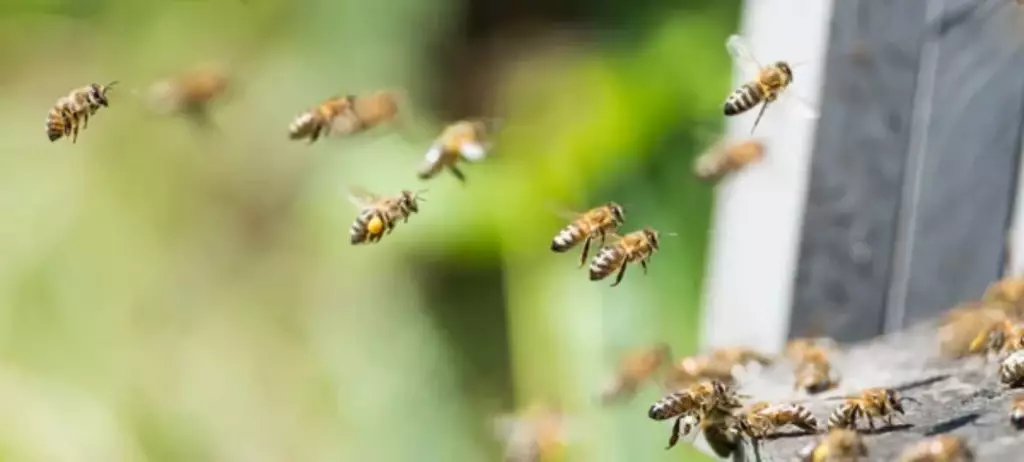
A different scenario where bees enter your house temporarily is during the winter season. Bumble bee queens will usually hibernate until the next season begins. Instead of trying to maintain a heated temperature inside the hive like honeybees, they would often find a place to snuggle, like a dark, damp room.
You have the option of just letting them be, especially if they are not causing inconvenience, or transferring them into a more sheltered and warmer place where they can easily exit once spring begins. Either way, some bumble bees don’t make it until spring and die due to extremely cold temperatures.
Some bees enter your home and permanently reside there to build a nesting site
The complication arises when bees enter the house and decide to permanently live there by building a nest. This scenario usually happens in the spring, when it is high time for bees to swarm.
During spring, half of the bee population leaves the hive along with their queen bee to form a swarm in nearby locations, most commonly in trees. Swarming is a natural process in the life cycle of bees and is usually an indication of a progressive colony.
While the swarm, including the queen, rests on a tree or a certain suitable location, scout bees will hover around the area to find a new nesting site. The duration of scouting for a new nest site depends on the weather conditions.
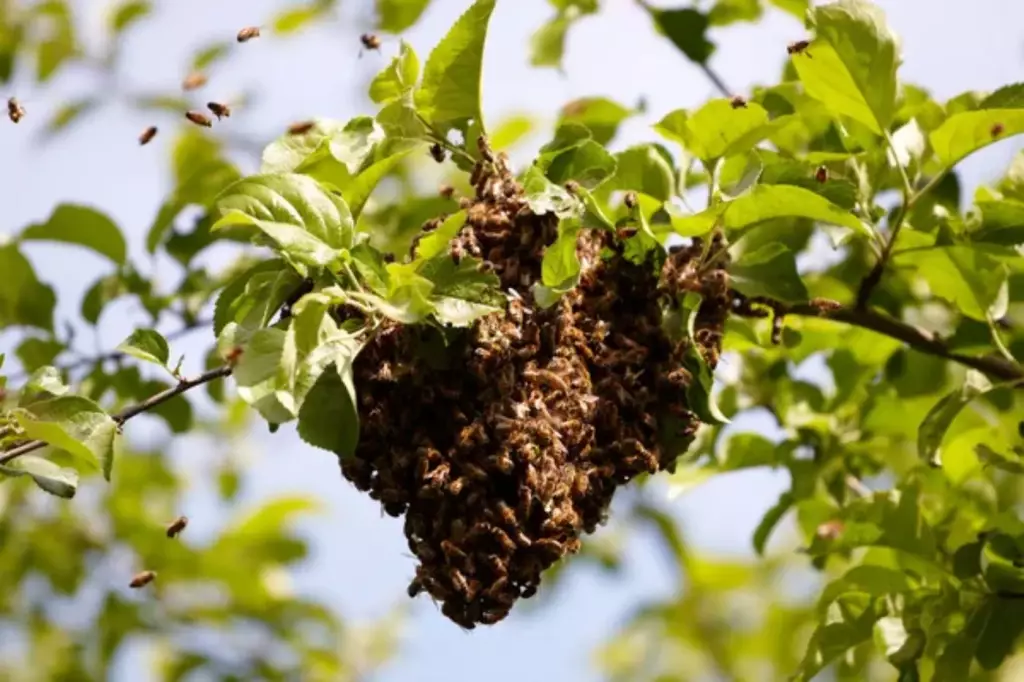
Usually, the site inspection of scout bees only takes an hour if the weather is fair. However, if the weather is unfavorable, the swarm might extend their stay in a certain location, unlucky enough, it might be your house where they choose to stay permanently.
The problem with honeybees permanently residing in your house is that they will start building a nest inside the wall cavity of your home. They can expand the nest dramatically in size to produce honey and wax and house thousands of bees inside.
For some, this may not be a problem if the house is sturdy enough. However, this exposes your house to natural predators of bees, such as wasps, and other insects that are attracted to honey.
Bees Enter Your House Through Different Entry Points
While it’s easy to be alarmed when you see bees lurking inside your home, even more so when they are dead, finding dead bees in your house is normal. There are various explanations for why bees come into your house and why they die eventually.
One important question to ask yourself whenever you encounter bees inside your home is where specifically in the house did you find them.
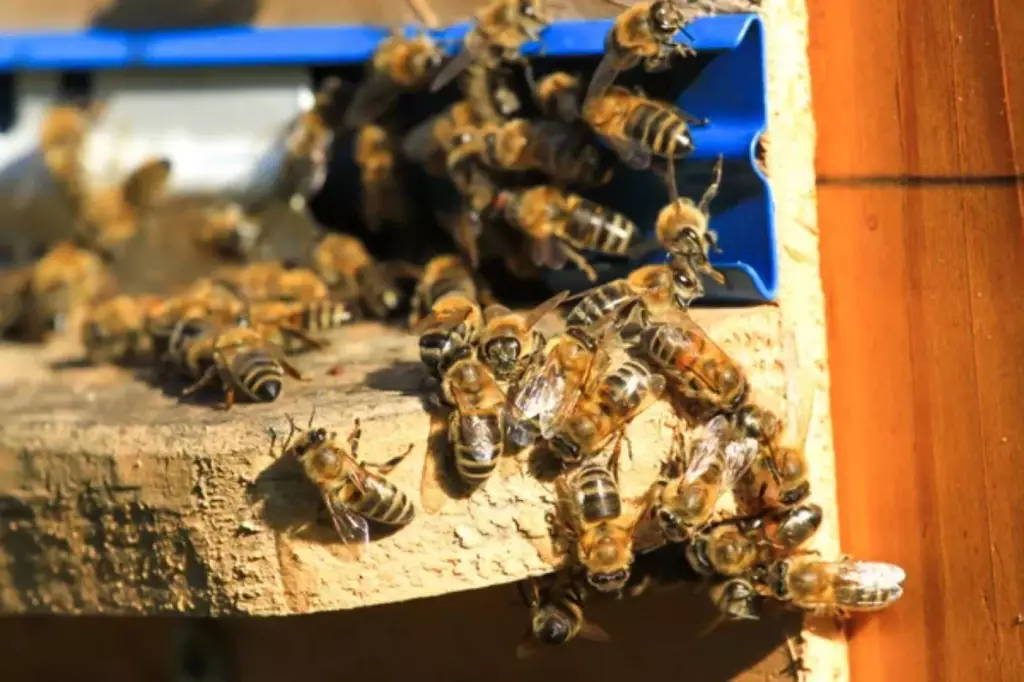
If you find a few bees in your living room, some of their possible entry points are your chimney, an open window, or a door. If you find them near the kitchen, they may have gone through the vent. Some of the most common structures that bees use as an entry point to your home are the following:
1. Bees may enter your house through the holes in the attic
If you have an attic, you probably know that these spaces have a vent where heat is released. Although some attic vents have screen covers, the size of the screen can still allow bees to get through. This can be a problem if the bees decide to build a hive in this area.
Honeybees are known to build beehives in the most obscure locations, such as eaves and soffits, which are common parts of roofing.
2. Bees may enter your house by passing through the bathroom, dryer, or stove vents
If you find bees in the bathroom without an open window, chances are they came through the vents. If you check the vents, it will be difficult to assess how many of them are there, but you will see a handful flying in and out. The majority of the other bees may be inside the walls, forming a nest.
3. Gaps, cracks, or holes in the wall may allow bees to enter your house
One of the preferences of bees when it comes to building a nesting site is volume capacity and ventilation. If a gap provides enough space for them to build combs and has enough ventilation, they will find any gap suitable. Some areas with gaps in your home are those that house your electrical lines. Most of them are not sealed with caulking foam, allowing bees to enter.
4. Bees can build a hive when they enter your chimney
If you have a chimney and you find dead bees near the fireplace, chances are that they came from the chimney. If you’re not sure, you can check the chimney exterior and look at the space where the roof line meets the chimney, and you might just find a swarm of bees.
5. Bees possibly enter your home through pipes and gutters
Any flight activity in and out of any void, such as where pipes enter the house or on rain gutters that are attached to the house, affirms that there is a bee infestation inside the house.
